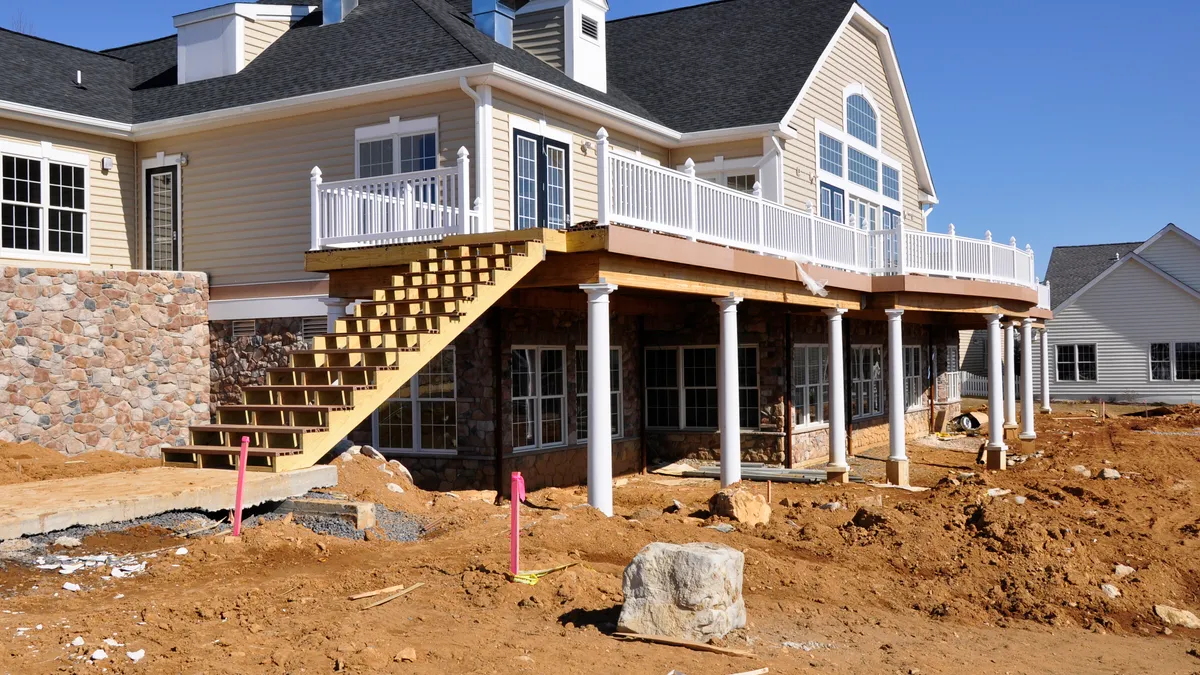Dive Brief:
-
Hispanics are expected to account for more than half of household formations between 2020 and 2030, according to the Urban Institute.
-
Yet, in 2013, only 45% of Hispanic households owned their homes, while 71% of whites were homeowners. This is due in part to age, with the median age of Hispanics at 28 compared to 42 among whites.
- As the credit market tightens, Hispanic homebuyers — who have lower credit scores on average than whites have — are particularly affected. That will pose a challenge as the U.S. tries to increase homeownership rates, particularly among millennials.
Dive Insight:
The group poised to lead Americans in homeownership is struggling to access the credit needed to qualify for the purchase of a home. Historically, owning a home has been the primary way individuals have built equity, and that’s not likely to change.
A March 2016 report from the Hispanic Wealth Project and the National Association of Hispanic Real Estate Professionals noted that 2015 saw the biggest year-over-year increase in Hispanic homeownership in a decade, jumping from 44.5% to 46.7% in 2015. Since 2000, that group has gained 2.8 million homeowners whereas the number of non-Hispanic homeowners fell 85,000 during the period.
Meanwhile, the country is struggling to create enough housing inventory to meet demand, and the resultant rising prices are keeping would-be buyers at bay. In September, real estate website Trulia reported that the country’s housing stock fell 7% in the third quarter of 2016, marking the fifth consecutive month of decline. The report found that starter and trade-up home inventories took the biggest hit, down 10.7% and 9.2%, respectively, during the quarter. And metros across the country are struggling to create housing at a price point that entry-level buyers can afford.
Home prices were up 6.2% year-over-year in August, according to the latest CoreLogic Home Price Index, and are expected to rise 5.3% through August 2017. That trend has led to overvaluation in many key market across the country. A softening may be ahead, CoreLogic reported, but it’s hard to tell just what that will look like. Realtor.com noted in its monthly ranking of the most active housing markets that some of the hottest — such as those in California and Florida — are adding back inventory, albeit at too low a rate to have much of an impact.
For the Hispanic population of would-be homeowners, increased job creation and reformed housing policy are key to creating sustainable paths to ownership, according to the Urban Institute. In its October Insight, Housingwire reported that Freddie Mac named a shift in the historically low rates of homeownership among non-white groups as one of three macroeconomic trends that will likely impact the country’s homeownership rate.















